Making an Rpresentation in Rstudio with knitr I have a slide with just one picture, which I want to fill out the whole screen/slide. How do I do that?
The second slide of the following .Rpres-document is set to 2000x2000 pixels but it still only fills a small area of the screen:
first slide
======
Slide with plot which I want to fill the whole screen
========================================================
title: false
```{r, echo=FALSE,out.height="2000px",out.width="2000px"}
plot(cars)
```
This is what I mean when I write that the picture does not "fill the whole screen", the red lines are drawn at parts of the screen which are not filled by the plot.

update november 2016
Choosing "HTML Slidy" when creating a new presentation in Rstudio Version 1.0.44, gives me easier control of the size. The following is close to what i wanted on a full HD resolution, and very simple to do:
---
title: "Untitled"
output: slidy_presentation
---
```{r setup, include=FALSE}
knitr::opts_chunk$set(echo = FALSE)
```
##
```{r pressure, fig.height=10, fig.width=19}
plot(pressure)
```